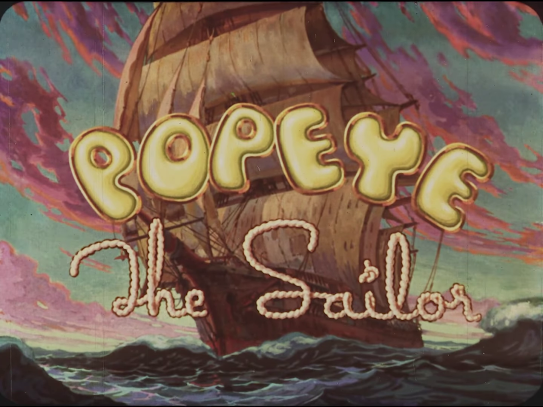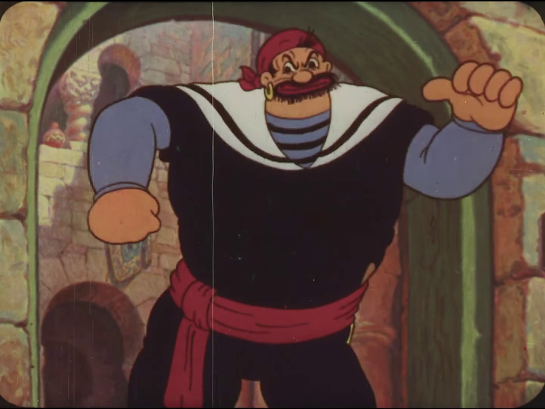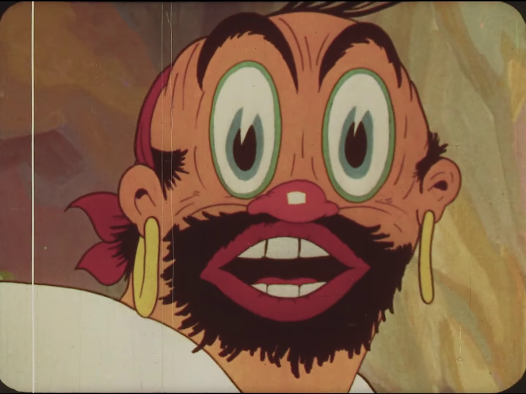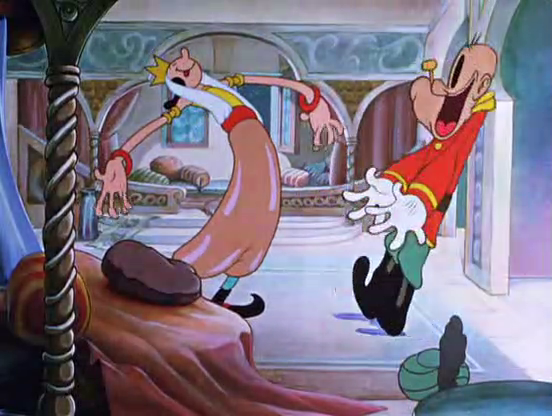For those curious about my previous post on character construction, I mentioned that I use a Razer Blackwidow V3 mechanical Keyboard.
For those who are wondering, mechanical keyboards are computer keyboards that use individual mechanical switches.
They consist of the switch, housing, springs, and metal contacts.Many gamers and typists prefer this style of keyboard because to them, it feels more natural when the keycap goes down when compared to a rubber-dome membrane board to which a lot of people find gummy to the fingertips.
I've had my share of dome keyboards and a lot of times, they too felt gummy.
Once I made the switch to mechanical switches with my Razer Board, I never looked back.
But for those who are curious, there are actually 3 type of switches I know.
There's linear, tactile, and clicky.
Linear is basically, there's no tactile feel. The switch just goes all the way down. The only sound you hear is the keycap making contact with the outer shell.
Many gamers prefer linear switches, especially ones with a lighter actuation, because they can do things like double tap.
Such as making CJ cycle faster on a bike in GTA SAN ANDREAS.
Next is tactile. It's very similar to linear switches but if you were to take apart a tactile switch, you will see that the stick end has an indentation. This registers as a tactile bump to the key switch.
The feel of the switch is more noticeable when you type as you do indeed feel a slight tactile bump on the switches.
Don't know what most gamers think of this but I hear it's popular with typists who want a linear switch but at least want some tactility.
Then there's clicky. The switch part actually has two components. As the name suggests, they make an audible click sound. Gamers have mixed feelings with the switch due to the slightly heavy actuation but typists love this switch since it's not only tactile, it's also audibly clicky and I've heard that the more audible the click, the more confident the typist is.
Getting a mechanical keyboard depends whether you buy a prebuilt keyboard from a vendor like Razer or SteelSeries or if you buy from a vendor that sells kits like GMMK or EPOMAKER.
Oh, I almost forgot to say this: All wired modern mechanical keyboards use USB. I don't know any new boards that still use PS/2 even though I do see modern motherboards that still have PS/2 ports on the back.
Update as of February 2024:
When I typed this blogpost, I was using a Razer Blackwidow V3 clicky keyboard but I've since switched to a linear switch keyboard. Still by razer but using linear switches.
Another update as of December 6 2024:
I've now switched to a new Keyboard from EPOMAKER.
What I have now is an EPOMAKER DYNATAB Gasket-Mounted Tactile Keyboard.




































































